Table of content
Zongzi, a traditional Chinese rice dumpling wrapped in bamboo or reed leaves, is a beloved culinary treasure enjoyed during festivals like the Dragon Boat Festival and beyond. These sticky rice parcels, often filled with ingredients like red bean paste, pork, or salted egg yolk, require careful preparation to achieve their signature soft, aromatic texture. However, in modern kitchens, convenience often collides with tradition, especially when dealing with frozen zongzi. A common query arises: Can frozen zongzi be cooked directly in an electric rice cooker without thawing? This article delves into the science, safety, and practicality of this method, offering step-by-step guidance and expert insights to help you navigate this culinary dilemma.
Understanding Zongzi: Structure and Freezing Impact
Before addressing cooking methods, it’s essential to grasp the composition of zongzi. Made from glutinous rice (also called sticky rice), these dumplings are densely packed with fillings and tightly wrapped in leaves. The leaves not only infuse a subtle earthy flavor but also act as a protective barrier during cooking. When frozen, the ice crystals formed within the zongzi can alter the texture of the rice and fillings if not handled properly. Thawing slowly in the refrigerator is ideal for preserving moisture and preventing sogginess, but in our fast-paced world, direct cooking from frozen is often tempting.
The Electric Rice Cooker: A Multifunctional Marvel
Electric rice cookers have evolved from single-purpose appliances to versatile kitchen companions. Modern models boast features like programmable settings for white rice, brown rice, porridge, and even steaming. Their ability to maintain consistent temperatures makes them suitable for tasks beyond rice cooking, such as steaming vegetables, cooking soups, or reheating leftovers. But how do they fare with frozen zongzi?
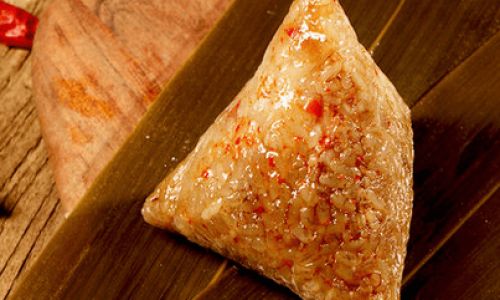
Key Functions Relevant to Zongzi Cooking
- Boiling/Cooking Mode: Most rice cookers have a basic “cook” function that heats water to boiling and maintains it until the food is done.
- Steaming Basket Attachment: Many models include a steaming tray, allowing users to steam food while rice cooks below.
- Keep-Warm Function: After cooking, the appliance switches to a lower temperature to prevent overcooking.
Cooking Frozen Zongzi in an Electric Rice Cooker: Step-by-Step
Method 1: Boiling Directly in Water
- Prepare the Rice Cooker: Add 4–6 cups of water (depending on the cooker’s size) to the inner pot. The water level should be high enough to submerge the zongzi partially.
- Place Frozen Zongzi: Arrange the frozen dumplings in the pot. Ensure they are not overcrowded to allow even heating.
- Set to Cook Mode: Close the lid and select the “cook” or “white rice” setting. The cooker will heat the water to boiling.
- Adjust Cooking Time: Frozen zongzi may require 45–60 minutes on the “cook” setting, compared to 30–40 minutes for thawed ones.
- Check for Doneness: After the cycle ends, use tongs to gently press a zongzi. If the rice feels soft and the leaves peel off easily, it’s ready. If not, restart the cooker for an additional 10–15 minutes.
Method 2: Steaming with a Basket
- Add Water to the Pot: Pour 2–3 cups of water into the rice cooker’s inner pot.
- Insert Steaming Basket: Place the frozen zongzi on the steaming tray, ensuring they don’t touch the water directly.
- Select Steaming Mode: If your cooker has a dedicated “steam” function, use it. Otherwise, set it to “cook” and monitor manually.
- Cooking Time: Steam for 30–45 minutes. Steaming preserves the zongzi’s shape better than boiling but may take slightly longer.
Safety and Food Handling Considerations
Bacterial Growth Risks
Frozen zongzi, like any frozen food, is safe indefinitely if stored below 0°F (-18°C). However, improper thawing or uneven cooking can create temperature zones where bacteria thrive. Cooking from frozen in a rice cooker minimizes this risk because the appliance maintains a steady, high temperature.
Avoiding Overcooking or Undercooking
- Overcooking: Leaving zongzi in the cooker too long can make the rice mushy and the leaves disintegrate.
- Undercooking: Insufficient cooking leaves the center cold and the rice grainy.
Tip: Use the rice cooker’s “keep-warm” function judiciously. While it prevents burning, prolonged warming can dry out zongzi.
Leaf Integrity
Boiling frozen zongzi directly may cause the leaves to split if the temperature rises too quickly. Steaming is gentler on the leaves but requires careful timing.
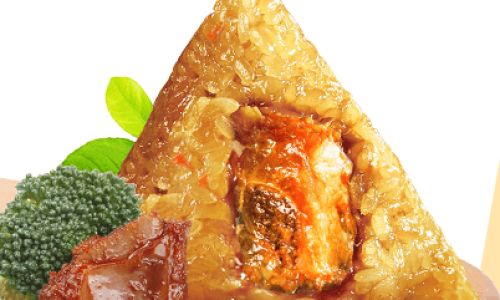
Pros and Cons of Direct Cooking
Advantages
- Time-Saving: Eliminates the need to plan ahead for thawing.
- Convenience: Ideal for spontaneous meals or busy households.
- Texture Preservation: When done correctly, direct cooking can yield results similar to thawed zongzi.
Disadvantages
- Extended Cooking Time: Frozen zongzi may take 50% longer than thawed ones.
- Energy Consumption: Longer cooking cycles increase electricity use.
- Risk of Uneven Heating: Larger zongzi or those packed too tightly may cook unevenly.
Alternative Cooking Methods: A Comparison
Stovetop Boiling
- Process: Submerge frozen zongzi in a pot of boiling water.
- Time: 30–45 minutes.
- Pros: Faster than rice cookers; allows direct monitoring.
- Cons: Requires constant attention to maintain water levels.
Microwave Cooking
- Process: Wrap zongzi in a damp paper towel and microwave on medium power.
- Time: 5–7 minutes per dumpling.
- Pros: Quickest method.
- Cons: Risk of uneven heating; may dry out the rice.
Oven Steaming
- Process: Place zongzi in a baking dish with water, cover with foil, and bake at 350°F (175°C).
- Time: 40–50 minutes.
- Pros: Hands-off cooking.
- Cons: Requires preheating; less common for zongzi.
Expert Tips for Perfect Results
- Add a Splash of Vinegar: A teaspoon of rice vinegar in the cooking water helps keep the rice white and prevents the leaves from sticking.
- Prick Small Holes: If steaming, use a toothpick to create tiny vents in the leaves, allowing steam to penetrate evenly.
- Let It Rest: After cooking, unplug the rice cooker and let the zongzi sit for 5–10 minutes with the lid closed. This allows residual heat to finish cooking and firms up the texture.
- Freeze Properly: If making zongzi at home, freeze them individually on a baking sheet before transferring to bags. This prevents clumping and ensures even cooking.
Debunking Myths: Does Direct Cooking Affect Flavor?
Critics argue that skipping thawing dulls the flavors or makes the rice gummy. However, scientific studies on frozen rice products show that proper cooking techniques—such as maintaining a rolling boil and adequate hydration—restore the texture effectively. The leaves’ aromatic compounds also remain intact, as they are released during cooking regardless of thawing.
Environmental and Economic Impact
Using an electric rice cooker for frozen zongzi aligns with sustainability goals. Unlike stovetop methods, rice cookers trap steam efficiently, reducing energy waste. Additionally, cooking from frozen minimizes food waste by eliminating the need to discard thawed leftovers.
Conclusion: To Cook or Not to Cook Directly?
The verdict is clear: yes, frozen zongzi can be cooked directly in an electric rice cooker, provided you follow best practices. While thawing offers marginal texture benefits, the convenience of direct cooking outweighs the drawbacks for most users. By adjusting cooking times, monitoring water levels, and leveraging features like steaming baskets, you can enjoy perfectly cooked zongzi without compromising safety or flavor.
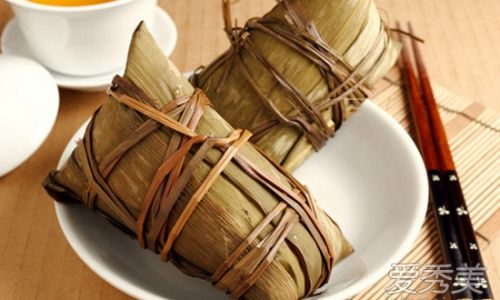
In a world where tradition meets innovation, the humble rice cooker proves itself a reliable ally in preserving culinary heritage. Whether you’re celebrating a festival or craving a nostalgic snack, this method ensures that frozen zongzi remains a hassle-free delight. So, the next time you reach for that frozen parcel, rest assured—your rice cooker is up to the task.
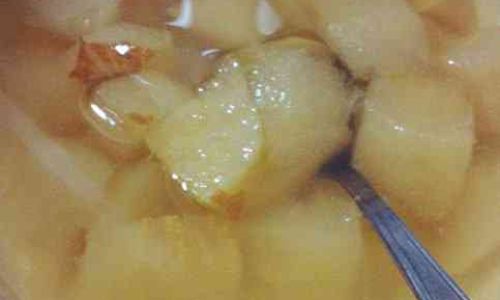
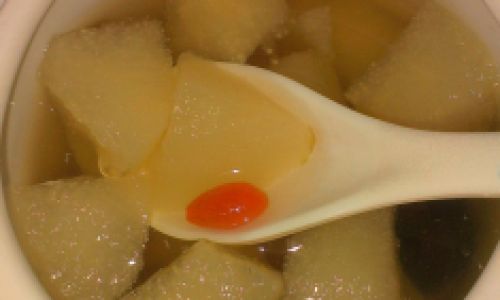
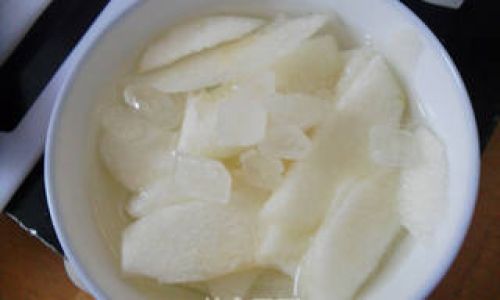


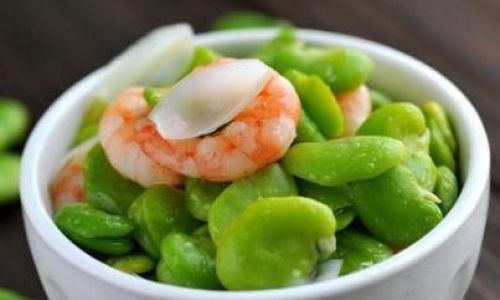
0 comments